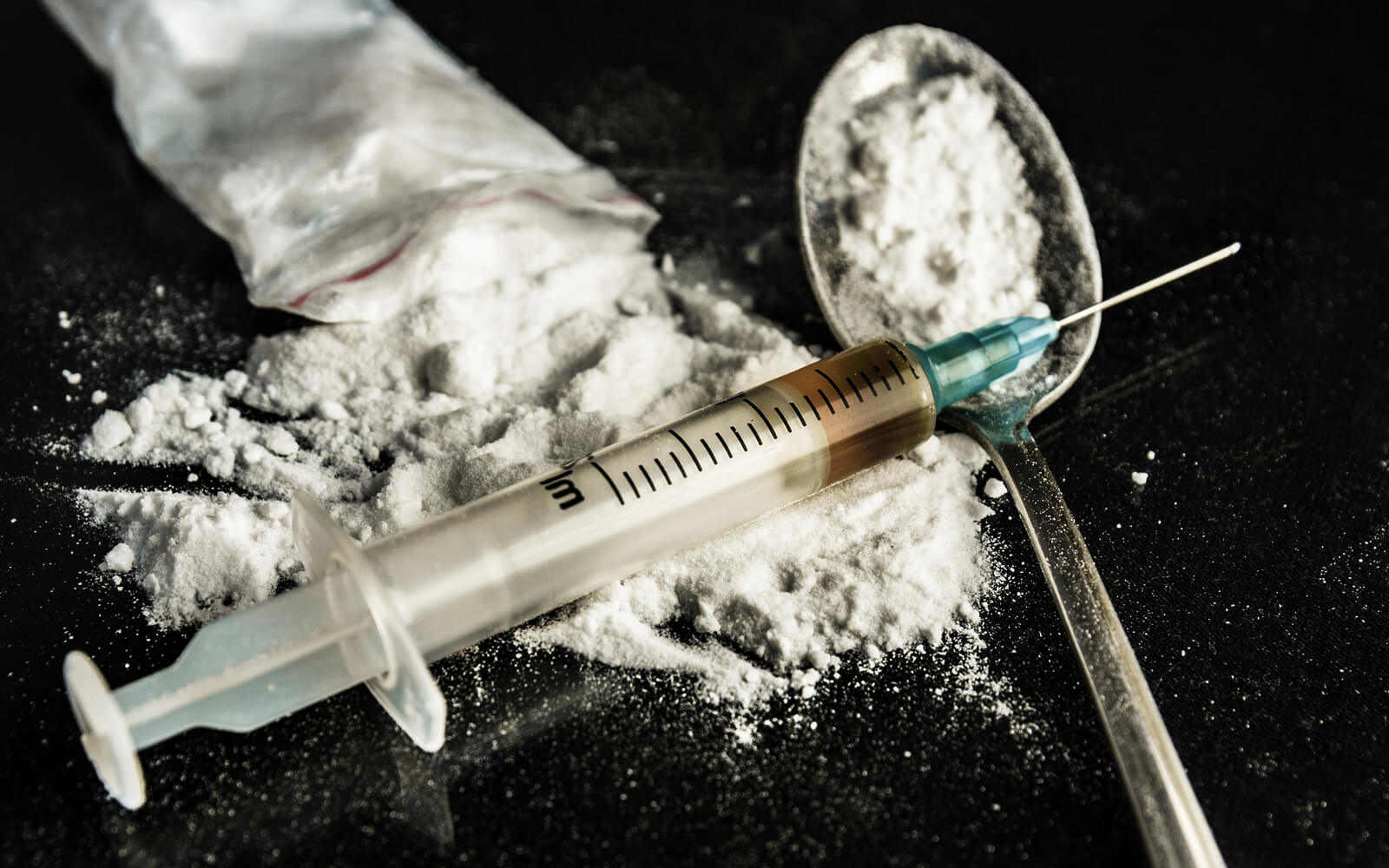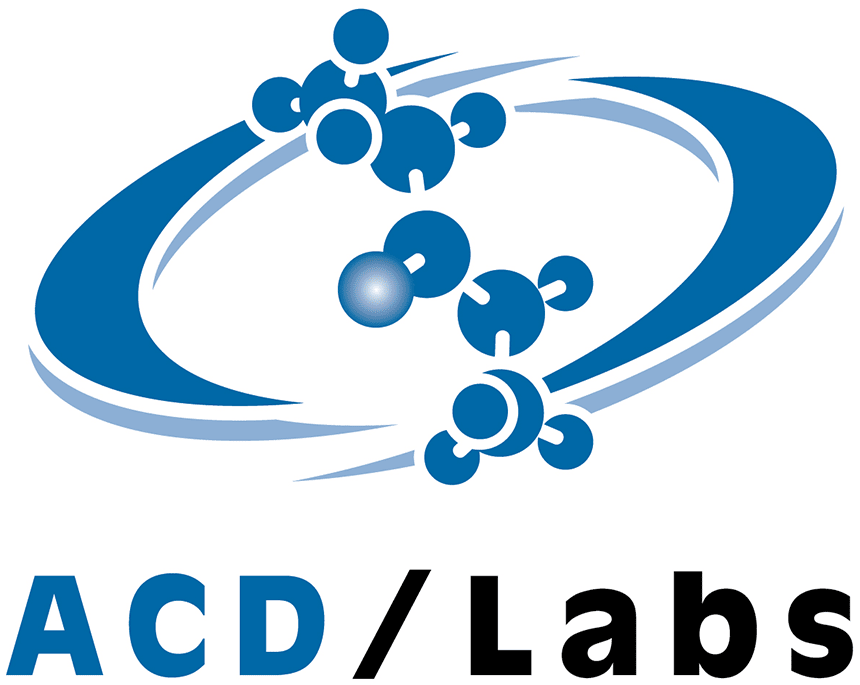
The analysis of controlled substances, such as heroin and cocaine, is commonly performed using gas chromatography coupled with mass spectrometry (GC–MS). However, the quadrupole MS systems traditionally used for GC are restricted in terms of sensitivity when used for screening (i.e. in scan mode). Increased sensitivity may be obtained with selected ion monitoring (SIM) mode, but then whole-sample screening is not viable, resulting in compounds of interest being overlooked. The spectra obtained are also affected by the phenomenon of spectral skew, which could increase the potential for false-positive or falsenegative results, as well as cause difficulties with spectral deconvolution.
These are important issues because forensic laboratories require unequivocal identification of any controlled substances present in a sample – a challenging prospect considering the ever-increasing list of target compounds and the novel 'designer' drugs that are now prevalent (e.g. synthetic cannabinoids).
Additionally, drug profiling involves the comparison of sample purity to determine whether two samples are from the same origin, as well as to assess the expected monetary value of the drug samples. This involves screening the entire sample for not only the target compounds (i.e. controlled substances), but also any adulterants or cutting agents that are present.
BenchTOF2™ time-of-flight mass spectrometers (TOF MS) can address these challenges by providing high-sensitivity screening, with excellent spectral fidelity, for confident identification of targets and non-targets in complex samples. In this study, we will demonstrate these advantages by the analysis of a selection of seized drug samples using GC–TOF MS. Furthermore, smart software tools will be demonstrated, which save time during data analysis for fast and simple comparisons of complex chromatograms.





